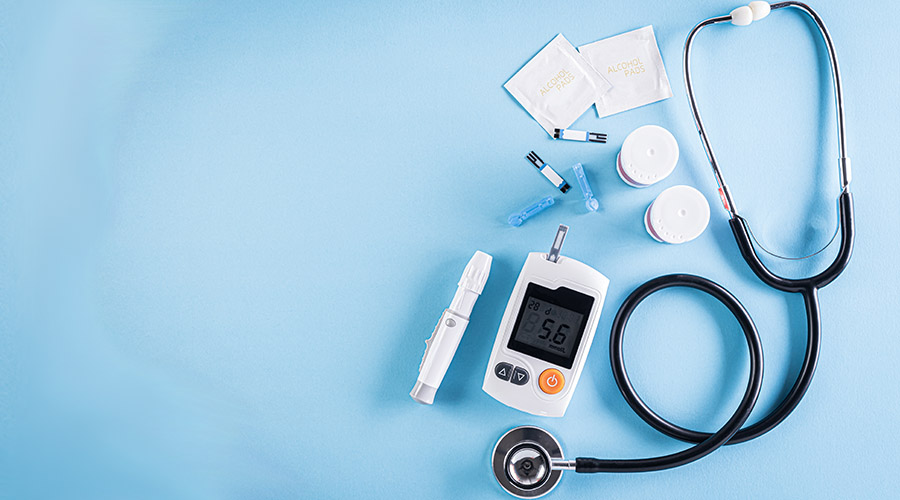Medical devices have revolutionized how we diagnose, treat, and manage various medical conditions. They range from simple devices like thermometers and blood pressure monitors to more complex equipment such as implantable cardiac devices, ventilators, and advanced imaging systems.
However, as with most technologies, there are potential health risks associated with using medical devices. Whether you’re a healthcare professional or patient, it’s good you’re aware of these risks so you can take proactive measures to mitigate them.

Identifying Potential Health Risks
Below are typical health risks that medical devices pose:
1. Infection Risks
Some medical devices, such as cardiac devices and CPAP ventilators, pose a risk of infection. Introducing a foreign object into the body may lead to infections that may be challenging to treat. Victims have the legal right to file a personal injury lawsuit against the manufacturer on the basis of product liability.
For instance, several sleep apnea patients using CPAP ventilators have suffered diseases and even cancer because some of these devices produce toxic gases that can cause cancer. Such patients may call on a CPAP lawyer to assist them in filing a lawsuit against the manufacturer for the health risk they were exposed to. That said, it’s important to be mindful of the normal workings of whatever medical device you’re using so you can identify when things start to go wrong.
2. Device Malfunctions
Technical malfunctions in medical devices can have severe consequences. From insulin pumps delivering incorrect doses to defibrillators failing to respond in critical situations, these malfunctions can compromise patient safety. Again, this can lead to personal injury lawsuits for defective products.
3. Allergic Reactions
Some patients may experience allergic reactions to materials used in medical devices. This is particularly relevant for devices that involve contact with the skin or implantable materials.
4. Cybersecurity Threats
With the increasing connectivity of medical devices to networks, there is a growing concern about cybersecurity threats. Hackers targeting medical devices could potentially manipulate or disrupt their functioning, putting patients at risk.
5. Biocompatibility Issues
The materials used in medical devices must be biocompatible to avoid adverse reactions within the body. Poorly designed or inadequately tested materials can lead to inflammation, tissue damage, or other complications. This is one reason why some CPAP ventilators have been recalled because the foam part used to dampen sound may degrade and produce a toxic gas that potentially causes cancer.
What Can Be Done to Mitigate These Risks?
- Thorough Risk Assessment and Testing: Before a medical device reaches the market, rigorous testing and risk assessments must be conducted. Both manufacturers and regulatory bodies play a crucial role in ensuring that devices meet high safety standards.
- Regular Monitoring and Maintenance: For implantable devices, regular monitoring and maintenance are essential. Healthcare providers should establish a routine for checking the functionality of devices and promptly address any issues that arise.
- Patient Education and Informed Consent: Patients should be well-informed about the potential risks associated with medical devices. Healthcare providers must engage in transparent communication, providing patients with the necessary information to make informed decisions about their treatment.
- Enhanced Cybersecurity Measures: As medical devices become more connected, robust cybersecurity measures are imperative. This includes encrypting data, regularly updating software, and implementing safeguards against unauthorized access.
- Adherence to Standards and Regulations: Manufacturers must adhere to stringent standards and regulations set by health authorities. Compliance with these standards ensures that devices undergo thorough scrutiny before reaching the market.
What to do as a patient
In addition to the responsibilities of healthcare professionals and device manufacturers, patients also need to safeguard their health when using medical devices.
As a patient, try to maintain open communication with your healthcare providers. Any concerns or unusual symptoms should be promptly reported to ensure timely intervention.
Go for regular check-ups and follow-ups. These visits provide an opportunity for healthcare providers to address any emerging issues.
Stay informed about recalls or safety alerts related to the specific medical devices you are using. For example, some ventilators have been recalled because of their potential health risk. So, if you have been using a ventilator, you must find out if the type you’re using is safe. This information is typically available on regulatory websites or through communication from healthcare providers.
Conclusion
While medical devices have undoubtedly transformed healthcare, it is essential to acknowledge and address the potential health risks associated with their use. As we advance in medical technology, we must maintain a collective commitment to safety and transparency so we do not compromise our own health while trying to improve it.
